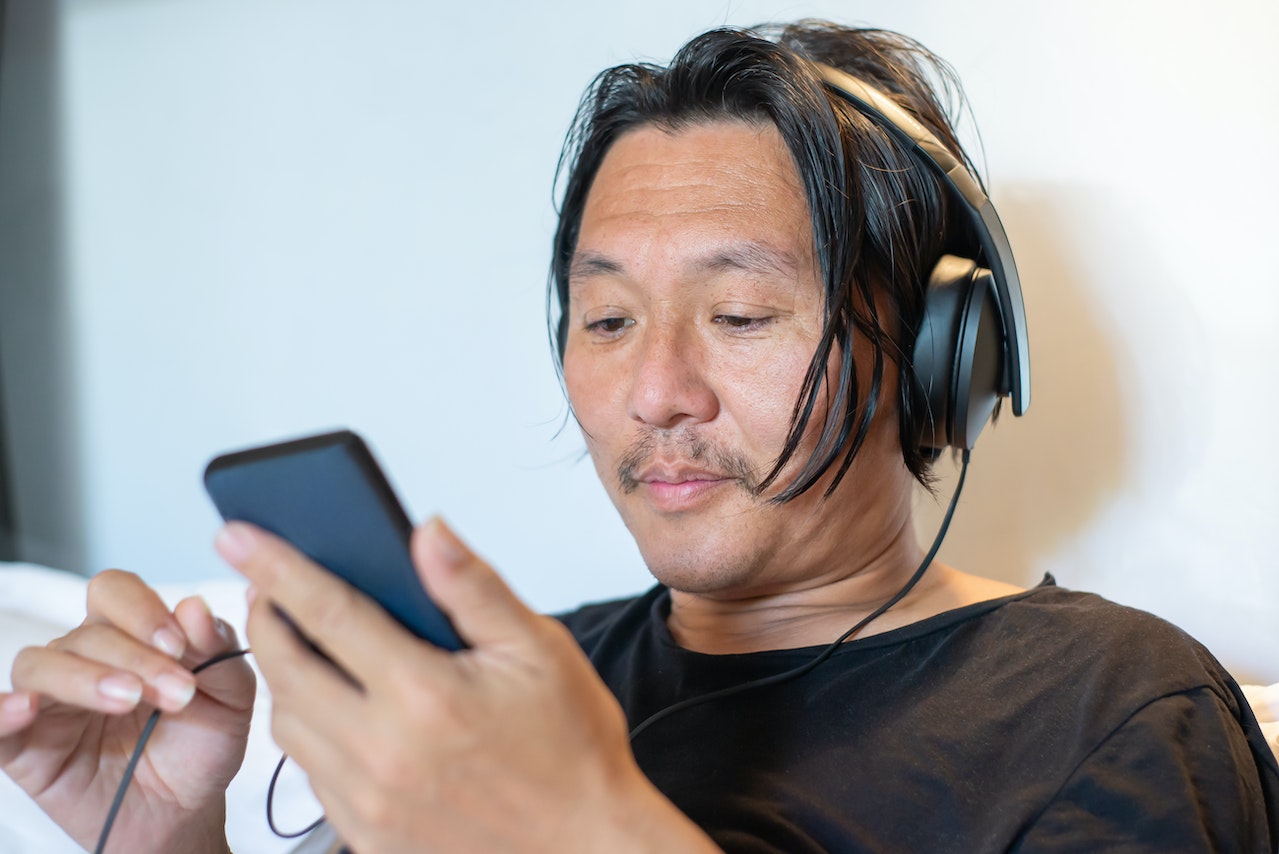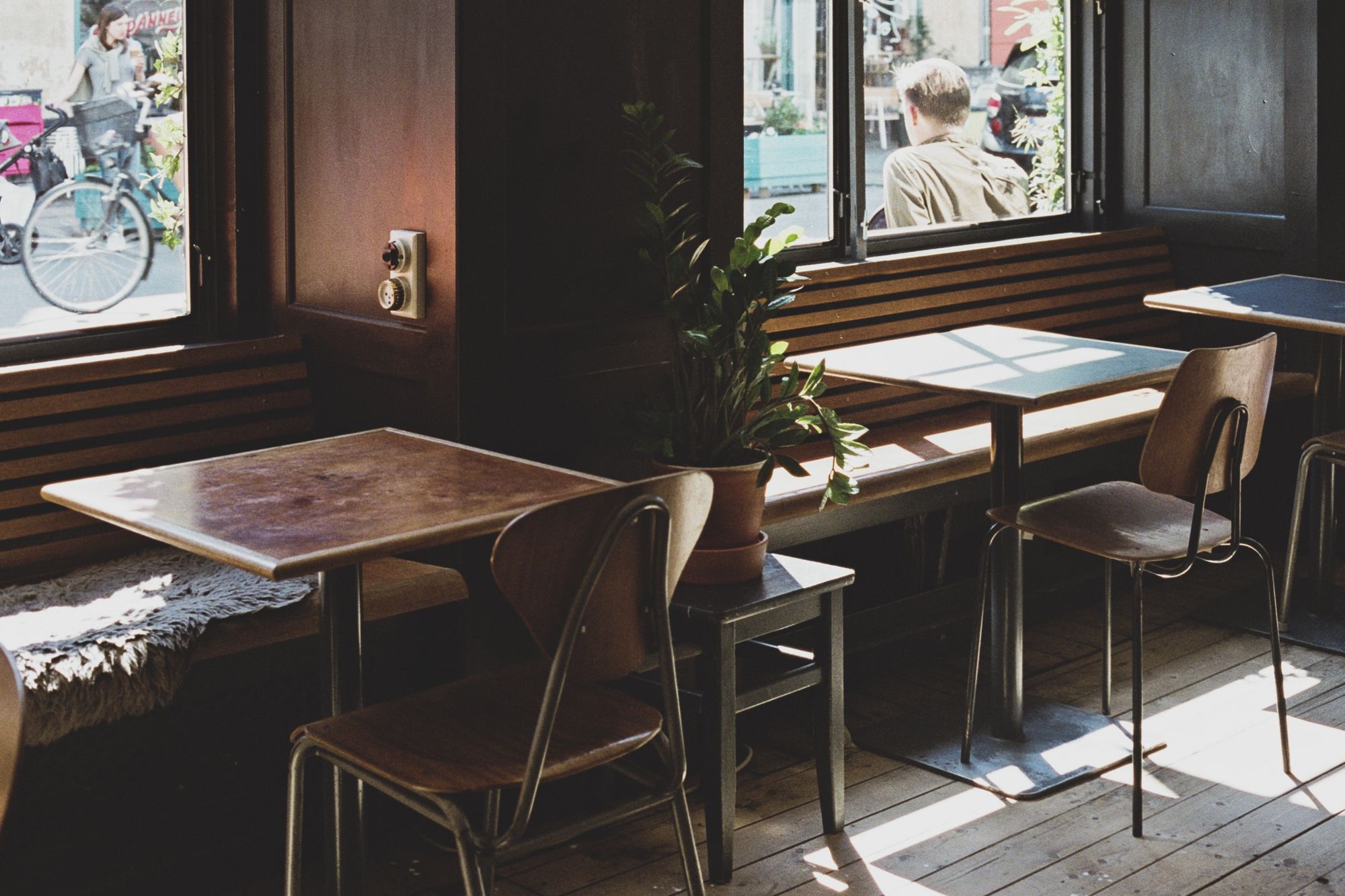Essentials
Podcasting Essentials
Related articles:
In the course of your podcasting journey, there might come a time that you're forced to leave the idyllic pastures of your recording studio for somewhere else. There might be times when you want to be “on location” when interviewing a guest for your show. Maybe you have found the perfect guest for your show, but she is unable to come to your studio. Instead of sacrificing a great interview and podcast episode, you can take the podcast to the guest and record remotely.
Some podcasters even host live shows and events with their podcasts, where they need to use a different venue and have to record audio with a live audience. These events are a great way to personally connect with listeners, and they will help your audience put a face to your voice.
Whether you are trying a new way to engage with your audience, or you don't have a studio of your own, there will likely be a time when you are going to need to record audio live.
Challenges of recording a live podcast
While remote recording can be beneficial for your podcast, it can also pose several challenges if you do not have experience recording live. Recording audio outside of a studio means that you might not be able to bring all of the equipment you typically need for your podcast. It may also involve working around background noise, using special equipment or microphones, or using venues that are not as well suited for capturing quality sound.
Providing a positive listening experience is especially important if you do not have a studio and all of your episodes are recorded live. While there are affordable ways to create the perfect studio for you to record your episodes, you might not be ready to take that step yet. This means that you will have to have the equipment to record remotely and capture great audio.
You'll lose a lot of the benefits of on-location recording if your audience cannot understand what is being said. You do not your innovative podcast idea to turn into a dud because of poor sound quality and recording mistakes.
When you are preparing to record a live podcast, capturing great audio is key. Here are few things you will need in order to record a live podcast that sounds good to your listeners:
XLR Microphone
Your audio equipment can make or break your live podcast. If you choose the right microphone, you can capture clear audio and reduce the background noise, distortion, plosives, and hums that can distract listeners and take from your message.
Depending on your location, you may need to use a handheld microphone. The Shure SM58S has a pneumatic shock-mount system and filters to help minimize handling noise.
If you are able to use a table or otherwise mount your microphone, the Shure SM7B is an effective option.
The Shure VP89M is a nice choice for live events where you need to capture audio from the audience.
If you are looking for an inexpensive microphone that will still get the job done, consider the Audio-Technica ATR2100-USB.
Whichever microphone you choose should include a pop filter, a cardioid pattern, and a windscreen or filter so that you can get rid of background noise and have clear audio in any location.
Designated recording area
If you need to record in an establishment that is open to the public, you are going to need to request a quiet place to set up and record your episode. While a good microphone can help reduce background noise, it is not a miracle worker. If you are in a crowded area with a lot of people talking, moving, or otherwise making noise, it will influence your sound. It might also distract you and your guest.
Try and scout out your location in advance, and ask management if there is a quiet room or space where you can conduct your interview or record your podcast.
Suitable venue
If at all possible, find a venue that will help your podcast sound as close to a studio as possible. Look for venues with carpeting, soft couches or chairs, and other similar features that will help muffle background noise and other unwanted sounds. Avoid venues with a lot of flat walls and corners if you can, as these features will contribute to undesirable echoes and reverb.
If you cannot find the perfect venue or you are conducting a live event on a stage, make sure to come prepared. Bring a rug or a blanket to lay on the floor to help absorb ambient sound. See what you can attach to the walls in terms of acoustic panels or other sound buffers. Sometimes you will have to make do with the space that is available, and these tools can help you make the most out of a challenging situation.

